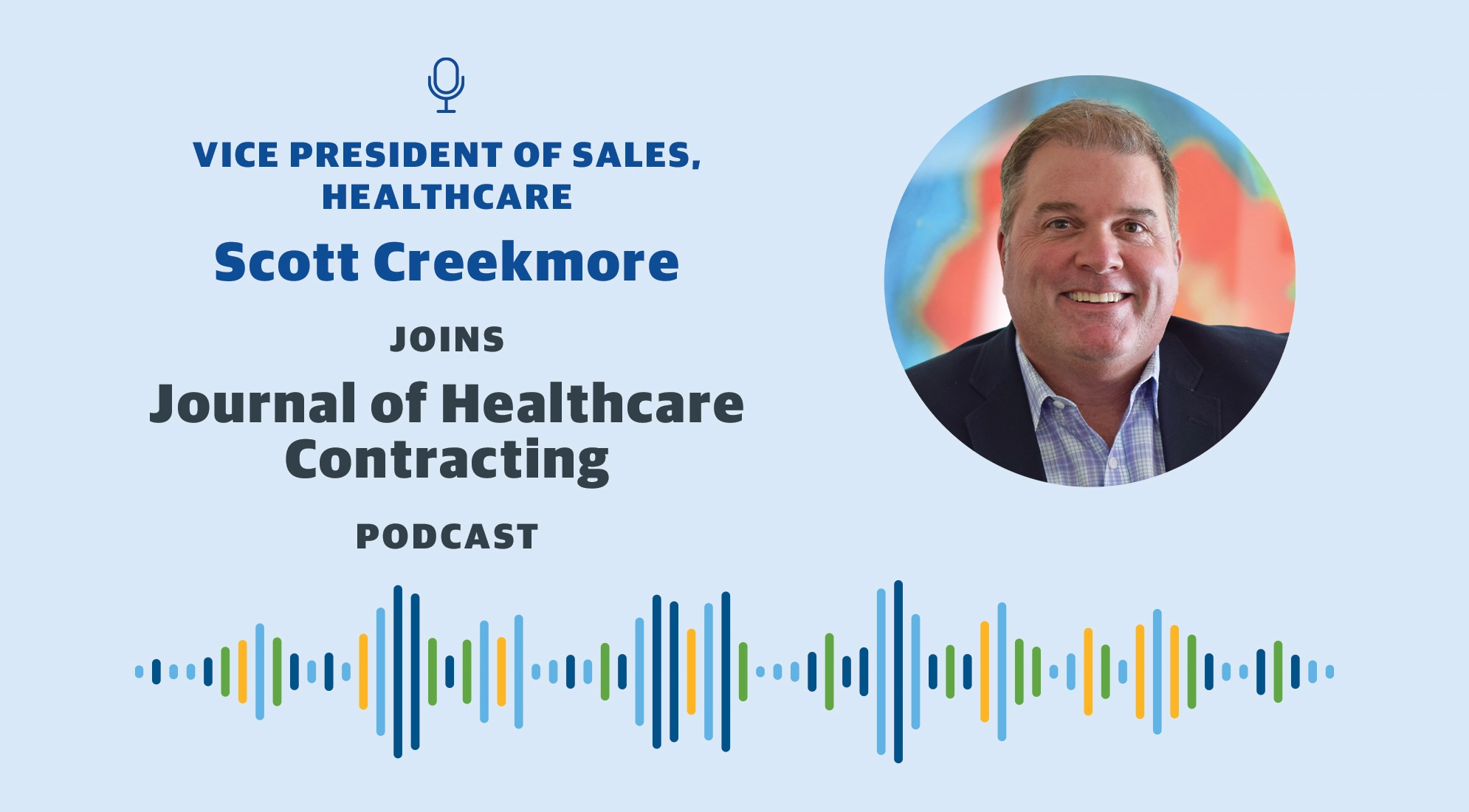In June of 2021, we teamed up with the American Hospital Association (AHA) to discuss value-based construction, a cutting edge, data-driven construction procurement solution for the healthcare industry. The audience asked some excellent questions about the benefits of value-based construction for healthcare. In the interest of furthering the discussion, here are our answers.
Q: Is there a standard value-based construction project?
A: This solution is designed for renovation, repair, and RMO type work. You wouldn’t want to use it to build a whole new hospital. It’s also great for repetitive projects, situations where the scope and definition of a project can be reapplied several times. That’s a quick box you can put value-based construction in if you want.
But it’s more than that. Value-based construction is a great tool for when you want to use data to exercise some control. A client of ours recently used value-based construction to replace a sprinkler system in a hospital. The project cost nearly $10 million, which is on the higher end for data-driven procurement. But the owner decided to utilize this process because he knew that once he popped the ceiling tiles, there may be unforeseen issues and he wanted control around change orders.
See, when change orders happen during a value-based construction project, the contractor and the owner use preset construction costs to determine how much the change is going to cost and the project continues without delays due to price negotiations.
The questions you should ask about a project when considering value-based construction for healthcare facility work are, “Do I need this work done quickly?” and “How much cost control do I need?” If you need it done promptly and you want cost control, then value-based construction is the right choice.
Q: Can data-driven procurement/value-based construction be used in the public sector? Does it account for prevailing wages and public contractor code?
A: Data-driven procurement can be used in both the public and the private sector. In fact, data-driven procurement is based on a concept called Job Order Contracting (JOC) that was initiated in the Army and is used in the public sector all the time.
To your point around utilizing prevailing wage, when we build our dataset, it isn’t something you can just pull off the shelf the – price data is customized for you. You may use prevailing wages to build your dataset, you may use union wages, you may use non-union, you may use your in-house staff. It really depends on your organization and what you’re trying to accomplish. As far as bidding regulations, that goes back to how the states outline them. But again, this is a concept that is allowed in most states.
Q: What is the impact of value-based construction on primary care services and ambulatory staffing models?
A: The impact of value-based construction on primary care services and ambulatory staffing models is an indirect correlation to movement in the [hospital] unit. Construction projects can be disruptive to healthcare operations. With value-based construction, owners are assured the team that’s doing the project can manage on-site activities in such a way that it doesn’t impact clinical care, both from an infection control position, but also from a project ease standpoint. They can trust the project schedule will advance without unnecessary delays.
Hopefully most of these projects have a positive impact on the clinical enterprise in terms of patient flow, improving care by improving the service line movement of a patient through the treatment modality.
The other side of value-based construction is that it ensures the construction team that you have on site is pre-qualified. There is a certain amount of time delay and real issues associated with understanding construction work rules for the healthcare institution. Owners don’t want unnecessary changes in the care continuum because of an unrelated project schedule issue that wasn’t properly identified.
The big win with value-based construction for healthcare is assuring the project flows properly without deterring the delivery of care, and hopefully the project itself improves patient flow.
Q: Can you provide any examples of positive patient outcomes realized as a result of using value-based construction for healthcare?
A: Hospital margins are razor thin. Any cost savings that a hospital can realize goes to patient care in most instances. That’s where the positive patient outcomes can happen. If we can help a hospital save on their total construction budget, those are real dollars that can go back into the hospital and can increase patient care.
With value-based construction, we can help open care units faster and that speed to market has a direct impact on patients. It helps people have their medical needs met faster. So, there is a direct impact on people.
Further, any time you can bring a project in on-time and on-budget, not only is there great opportunity for the total facilities agenda to move forward because you using the budget properly, but the the institution can access capital via revenue-generating projects. The first time a clinic can make productive use of a space, project cash flow starts reversing. The facility can now bill and achieve revenue.
In our experience with several billion dollars’ worth of construction projects, nothing gets to revenue faster than a Job Order Contracting project. From “Day One” of a data-driven procurement project, the project schedule is minimized because all the preliminary procurement steps have already happened, and the hospital can issue task orders to the contractor. And the nice thing about having an approved set of contractors is you can select those that are really good at specific aspects of construction or have specific skillsets, so you can target the right team to the right project without going through a long, drawn-out process. The contractors are already pre-vetted to meet the specifications you had in your bid process, including certification requirements.
Q: Can value-based construction help shore up facilities vulnerabilities and mitigate risk?
A: Yes, there are some amazing benefits regarding risk mitigation – starting with the risk to the project itself. The project schedule is greatly reduced by cost transparency and collaboration, and the understanding that no matter what you find in a project, the cost of a Task is already preset in the Construction Task Catalog®, our Unit Price Book. So, there are no price negotiations or project delays before the issue is mitigated.
Then there’s rapid deployment. Value-based construction provides a unique opportunity to send task orders to a group of prequalified contractors. Owners don’t assume any competency risk because their requirements are met during the bidding process. Every contractor understands what’s required of them according to the owner’s specifications.
Finally, there’s Gordian’s experience developing prices for specific markets. Gordian has a wealth of experience, performing thousands of construction projects around the country. We’ve seen it all and we know how to deal with issues associated with particular markets. We can help owners identify vulnerabilities and mitigate risks.






